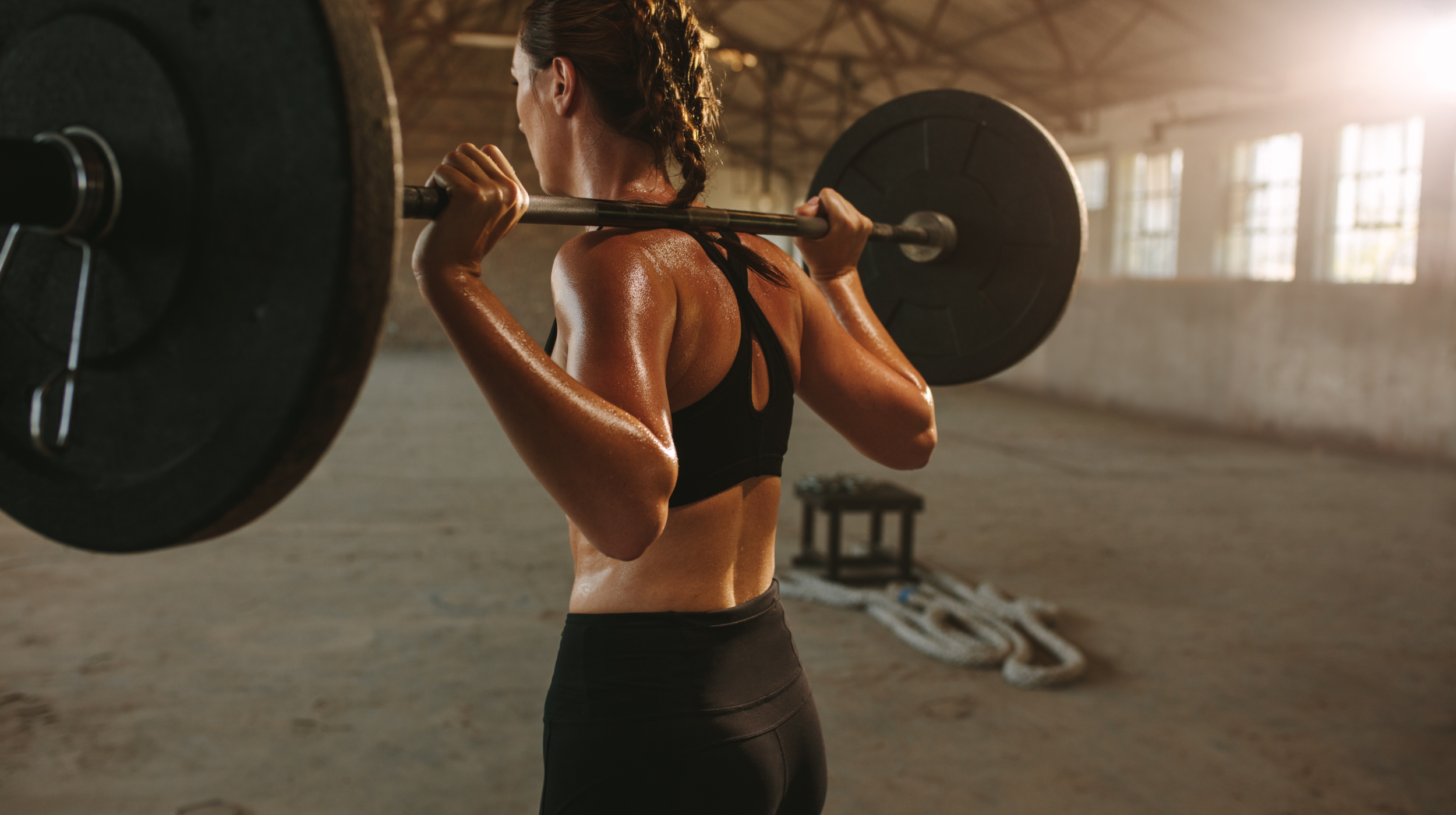Weightlifting Exercises Everyone Should be Doing
Aug 23, 2021 mindpumpThere are staple exercises that everyone lifting in the gym should be incorporating in their workout programs. This is by no means an exhaustive list, but this article will focus on the best bang for buck compound lifts that hit multiple muscle groups, and help to increase strength the fastest.
Before getting into that list, I’d like to offer a new approach to looking at exercise selection. Unless you’re a bodybuilder, you should really be thinking about movement patterns and not just individual muscles. Our bodies, especially if we want to stay athletic and functional, should be incorporating at least one exercise from every movement pattern below.
Knee Dominant – Back squat, Front Squat, Lunges, Hack Squat, etc.
Hip Dominant – Deadlift, Sumo Deadlift, Hip Thrusters, RDL, Good Mornings, etc.
Horizontal Push – Bench Press, Incline Bench, Decline, Dumbbell Bench, etc.
Vertical Push – Landmine Press, Military Press, Seated DB Shoulder Press, Push Press etc.
Vertical Pull – Pull-Up, Lat Pulldown, Close Grip Pull-up, Pullovers, etc.
Horizontal Pull – Bentover Barbell Rows, One Arm Row, Seated Row, etc.
Exercises That Everyone Should Be Doing
As mentioned before, compound movements hit multiple muscles at once. They also allow the greatest loads to be placed on the body allowing for greater adaptations. This will be great for providing the proper stimulus for muscle growth and overall strength.
Think of structuring your workout as a set of tools to get the job done (gain muscle). Find the exercises that best cater to your goals. If after that, you find certain areas are lagging behind, or smaller muscles are holding you back from progressing from the bigger movements, THEN can you add in smaller, or isolated movements. The reality is, you don’t actually need to do curls and tricep work to build a great physique. But if you want to fully round it out, throwing in some extra volume for those areas can help.
Squat
The squat is one of the most fundamental movements. It allows you to push a ton of weight while also stimulating a bunch of muscles from hamstrings, glutes, and quads, to building isometric tension in the upper back. Being able to add heavier weight will allow for a bigger central nervous system response.
Deadlift
The deadlift allows you to form a really strong core, a tight kept upper back, and strong hips. It will also improve overall explosiveness. We sit around all day, hunched over tightening our hip flexors and pec’s causing us to have this rounded out posture. The deadlift corrects all of that. If you find your range of motion is a little difficult on the regular deadlift, consider trying a sumo deadlift.
Overhead Press
We tend to need strong shoulders for picking stuff up over our heads. Done with strict form, the press also has the added benefit of keeping your core braced and tight. Performing this movement will also hit the triceps and provide low back stability as well.
Pull-Up
Strengthening your lats not only gives you great pulling power, but it also provides a strong foundation for your bench. It creates a stable shelf for which to load all that weight. You can go on a lat pulldown to get stronger, but I advise learning to get really good at body weight pull-ups first. A lot of gyms have pull-up assistance machines if you find you aren’t able to perform 6-8 reps with good form or just your body weight so give those a try if you are struggling.
Bench Press
The bench press will hit the chest, shoulders and triceps. Elbows should be flared to 45 degrees not 90. Shoulder blades should be pinched back like you are trying to touch them together, not laid out flat. The chest should always be leading in front of the shoulders so that the shoulders don’t dominate too much during the lift. Not following these cues causes a lot of shoulder impingement pain for lifters.
Row
The row will hit the rhomboids as well as biceps. Getting good at horizontal pulling movements will also translate really well to the lower body lifts. Building a strong overall back is also a MUST for great posture and a strong physique. It keeps the scapula down and in place where it needs to be rather than flared out as it is when we’re sitting.







